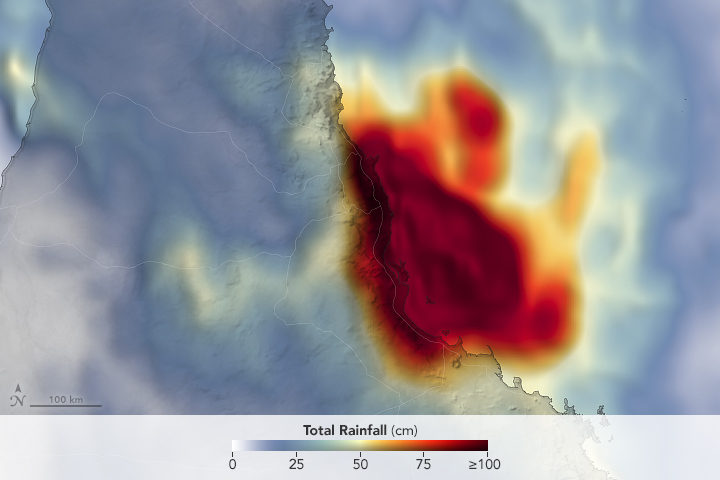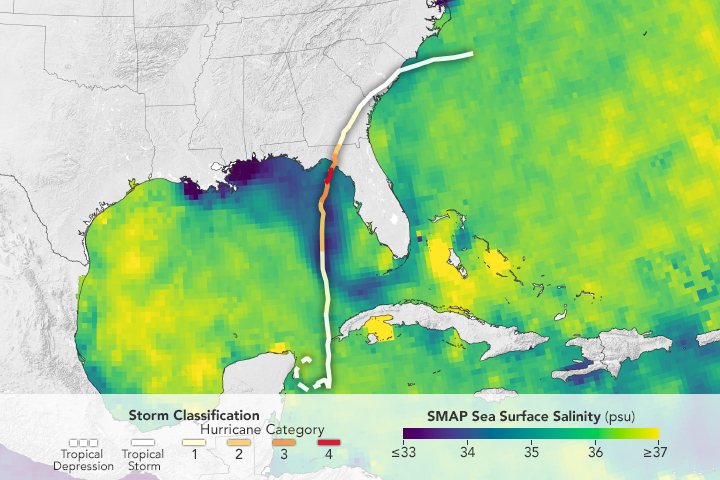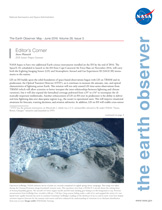



Recent Imagery
You will be directed to the NASA Visible Earth webpage when you select Images by Mission below, or click on the images at right that are randomly generated to represent four out of all possible topics.
The Earth Observer has a new look! Visit the NEW Earth Observer website.
The Earth Observer: May - Jun, 2016
In This Issue
Click title below to view page
- Editor’s CornerFront Cover
- Feature Articles
- LIS on ISS: Expanded Global Coverage and Enhanced Applications4
- NASA Celebrates Earth Day in the Nation’s Capital15
- Meeting/Workshop Summaries
- Landsat Science Team: 2016 Winter Meeting Summary19
- Summary of the 2016 Land-Cover Land-Use Change Regional Science Team Meeting24
- 2016 CloudSat/CALIPSO Joint Science Team Meeting Summary30
- Announcements
- New Release of Chemical Kinetics and Photochemical Datasets for Use in Atmospheric Studies14
- Leonardo DiCaprio Visited NASA’s Goddard Space Flight Center to Discuss Earth Science23
- ASTER Data Now Available at No Charge34
- In The News
- Carbon Dioxide Fertilization Greening Earth Study Finds35
- IceBridge Begins Eighth Year of Arctic Flights36
- Earth’s New Lightning Capital Revealed38
- Regular Features
- NASA Earth Science in the News40
- NASA Science Mission Directorate – Science Education and Public Outreach Update42
- Science Calendars43
Editor’s Corner
Steve Platnick
EOS Senior Project Scientist
NASA hopes to have two additional Earth science instruments installed on the ISS by the end of 2016. The SpaceX-10, scheduled to launch to the ISS from Cape Canaveral Air Force Base on November 2016, will carry both the Lighting Imaging Sensor (LIS) and Stratospheric Aerosol and Gas Experiment III (SAGE III) instru-ments to the station.
LIS on ISS builds upon the solid foundation of space-based observations begun with LIS on TRMM and its predecessor, the Optical Transient Detector (OTD1), as it continues to measure the amount, rate, and optical characteristics of lightning across Earth. This mission will not only extend LIS time-series observations from TRMM (which will allow scientists to better interpret the inter-relationships between lightning and climate variation), but it will also...
Read more...

